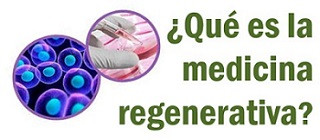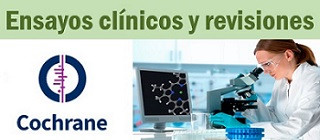Proof of principle for transfusion of in vitro generated red blood cells . Blood . September 2011
Blood September 1 , 2011Marie-Catherine Giarratana1, Hélène Rouard2, Agnès Dumont3, Laurent Kiger4, Innocent Safeukui5, Pierre-Yves Le Pennec6, Sabine François7, Germain Trugnan8, Thierry Peyrard6, Tiffany Marie9, Séverine Jolly10, Nicolas Hebert1, Christelle Mazurier1, Nathalie Mario11, Laurence Harmand1, Hélène Lapillonne12, Jean-Yves Devaux3, and Luc Douay1,*
Abstract
In vitro red blood cell (RBC) production from stem cells could represent an alternative to classical transfusion products. Up until now the clinical feasibility of this concept has not been demonstrated. We addressed the question of the capacity of cultured RBC (cRBC) to survive in human. Using a culture protocol permitting erythroid differentiation from peripheral CD34+ HSC, we generated a homogeneous population of cRBC functional in terms of their deformability, enzyme content, capacity of their hemoglobin to fix/release oxygen and expression of blood group antigens. We then demonstrated in the NOD/SCID mouse that cRBC encountered in vivo the conditions necessary for their complete maturation. These data provided the rationale for injecting into one human a homogeneous sample of 1010 cRBC generated under GMP conditions and labeled with 51Cr. The level of these cells in the circulation 26 days after injection lies between 41 and 63 % which compares favorably to the reported half-life of 28 ± 2 days for native RBC. Their survival in vivo testifies globally to their quality and functionality. These data establish the proof of principle for transfusion of in vitro generated RBC and path the way towards new developments in transfusion medicine. This study has been registered at clinicaltrials.gov as NCT0929266.
Submitted June 17, 2011.
Accepted July 7, 2011.
Copyright © 2005 American Society of Hematology




Haga un comentario